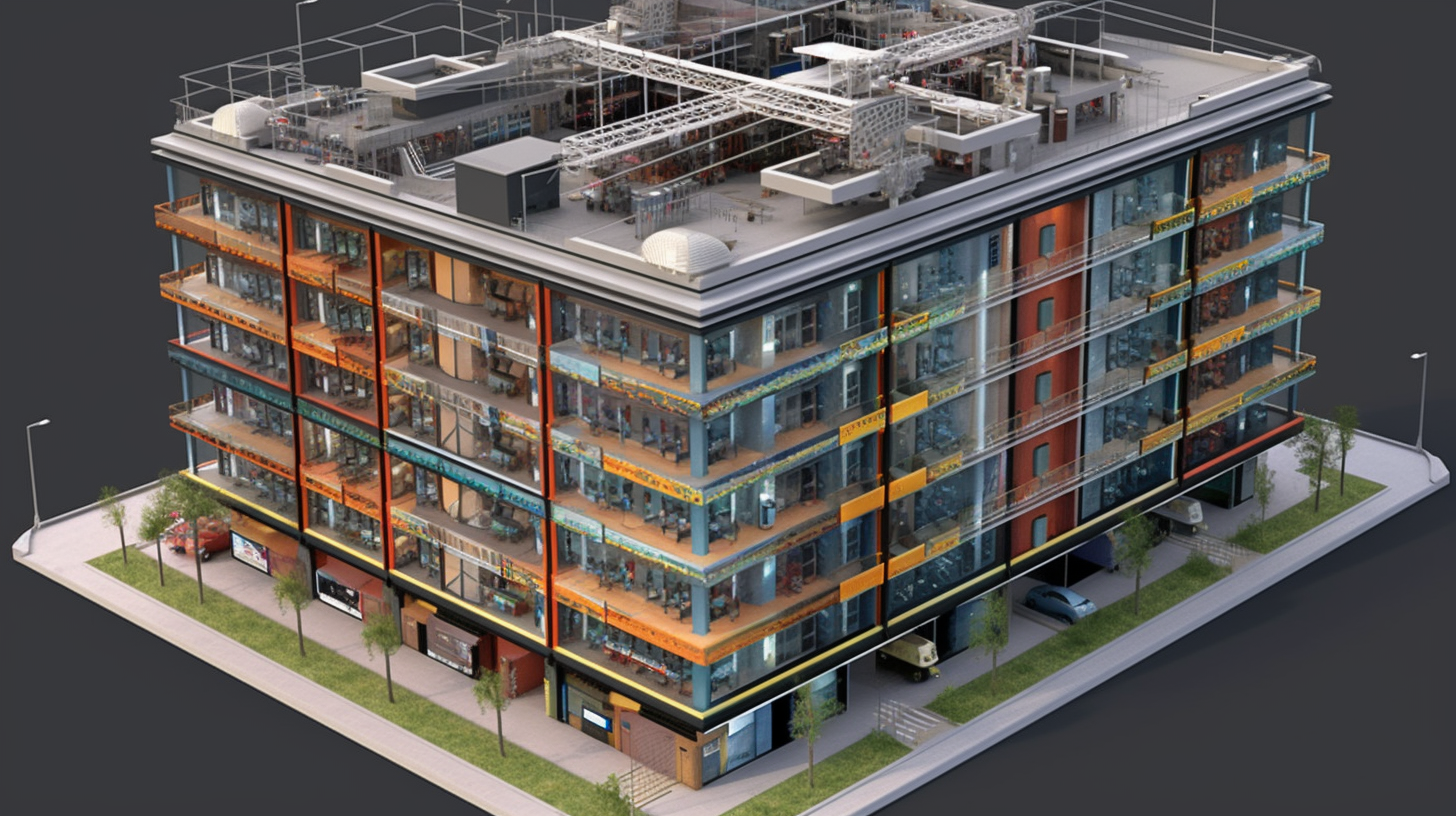Demystifying the OSI Model Layers and Encapsulation Concepts: A Deep Dive for the CompTIA Network+ Exam

Hey there, tech-heads! Get cozy, as we’re about to embark on an exciting journey into the realms of network architecture - specifically, the Open Systems Interconnection (OSI) model layers and encapsulation concepts. Now, you might manhandle a motherboard like a maestro or titrate terabytes like a top-tier guru, but believe me, understanding these concepts is key to conquering the CompTIA Network+ (N10-008) exam and elevating your networking knowledge. So, lace up your learning boots and let's embark on this adventure!
Open Systems Interconnection (OSI) Model - The Lay of the Land
Let's think of the OSI model as a seven-story apartment building, each with its unique function and occupant:
The Physical Layer - AKA The Foundation (Layer 1)
This is where the rubber meets the road; the physical layer is all about the tangible elements of your network. Think cables, hubs, or repeat signals. It's the nuts and bolts, the brick and mortar of our apartment complex.
The Data Link Layer - AKA The Logistics Master (Layer 2)
Shuffling bits and pieces from the physical layer, the data link layer wraps them up in frames and ensures they get to where they need to go without a hitch. If the physical layer is the moving truck, the data link layer is the experienced driver.
The Network Layer - AKA The Maestro (Layer 3)
This layer is like an efficient building superintendent, responsible for traffic control and routing. It doesn't care about the content; it's more interested in ensuring everything gets to where it needs to go in the most efficient way possible.
The Transport Layer - AKA The Postman (Layer 4)
Guaranteeing that data transmissions are delivered successfully and in order, the transport layer makes sure that the package sent from layer 3 reaches the correct apartment.
The Session Layer - AKA The Matchmaker (Layer 5)
This layer is where the magic happens. It establishes, manages, and terminates connections between applications. In our apartment analogy, it's the tenant who arranges a neighborhood watch meeting!
The Presentation Layer - AKA The Interpreter (Layer 6)
Like a master linguist, this layer translates data into a language that applications can understand, handling duties like encryption, translation, and compression.
The Application Layer - AKA The User Space (Layer 7)
The top floor, where the user interacts with the software application. Every click you make, every app you use; it all happens here. It’s like the penthouse suite of our OSI model!
Encapsulation - The Magic Wand of Data Package Creation
Now we've traversed the OSI model, let's turn our attention to encapsulation. This process converts information into packets, each wrapped up in protocol information at every layer of the OSI model. Picture it like those Russian nesting dolls, a piece of information wrapped up in several layers of other information, each layer adding its own snippet of protocol data as it travels down the OSI model layers.
So, piling up more layers adds more features such as error detection, routing, encryption, and so on. The encapsulation process takes the original message, converts it into a transmittable form across the network, and then unwraps or 'de-encapsulates' it at the destination to unveil the original message, exactly as intended.
Relating to AlphaPrep
Confused? No need to sweat it! Believe me, I've walked that road before. But, luckily for us, we have a solution at hand. AlphaPrep brings to the table a wealth of resources that simplifies understanding these networking concepts. Their course materials, practice questions, and quizzes ensure that you grasp the ins and outs of the OSI model and encapsulation, prepping you not just to pass, but ace your CompTIA Network+ exam.
Remember, practice is the road to perfection, and AlphaPrep is the vehicle that would help you navigate it, making your journey to understanding the OSI model and encapsulation concepts smoother than a hot knife through butter!
That's a wrap, folks! Remember, knowledge is power, and understanding these concepts propels you to higher heights in the networking field. I hope you found this deep dive enlightening, and remember - this is just the tip of the iceberg. Now, go forth and conquer the complex world of network architecture!